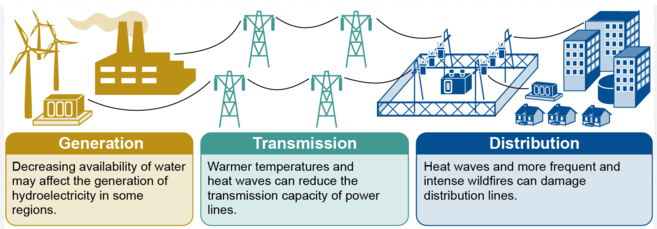7667766266
enquiry@shankarias.in
The Power Ministry needs to reassess the National Electricity Plan (NEP) due to increased electricity demand and consumption from rising heat waves and humidity in recent years.

|
Status of Electricity in India (2005-2021) |
|